
In the field of home routers, Cisco and Huawei are no match for it.
Full text 2752 words, reading time about 8 minutes
Written by | X Technology Laboratory
When you open the Wi-Fi search page on your phone, do you often see the words “TP-LINK”?
Have you ever been curious, like me, about what these letters stand for?
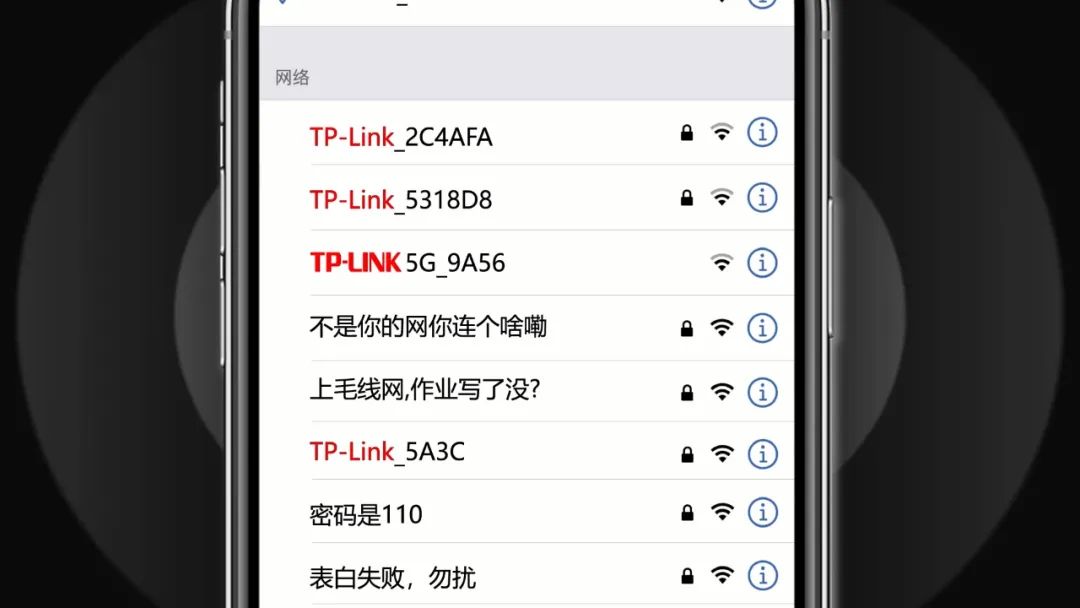
Some friends might say, this is just a router brand.
However, very few people know that behind this stylish name is a homegrown Chinese company, and it is the largest wireless router manufacturer in the world by shipment volume.
In 2017, this company, known in Chinese as TP-LINK, sold 78.46 million wireless network devices, generating over $1 billion in revenue, with a global market share of 44.08%, performing exceptionally well in developing countries like China and India.
Especially in the home router market, globally, traditional communication network giants like Cisco, Huawei, and D-LINK are no match for it.
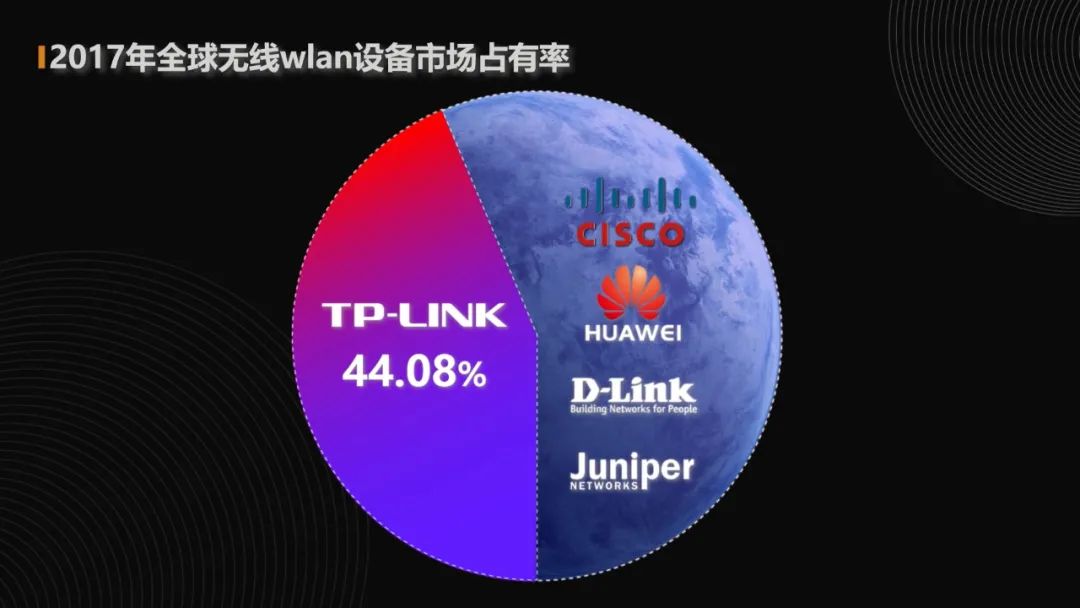
For a brand to achieve this level of success, it would typically be hailed as a national treasure.
But TP-LINK is different; it has never had much presence, and most people who know its name do not really understand its story.
Today, let’s delve into the mysterious company TP-LINK. I want to clarify that this episode is not an advertisement; it is purely out of curiosity.
When I first bought a TP-LINK router ten years ago, I thought it was a foreign product, and it took me many years to realize that it is a homegrown Chinese digital brand.
Ten years later, I searched online and saw its Spring 2021 launch event. The so-called “actions speak louder than words” truly reflects the tech industry’s down-to-earth approach, using the simplest fonts and the most straightforward graphics to present the most advanced products. They even playfully hide the price in a riddle, making it hard to guess.
However, when you try to find out what chip is used in TP-LINK’s best-selling router priced at 100 yuan, you can’t find any information, as if they are deliberately keeping it a secret.
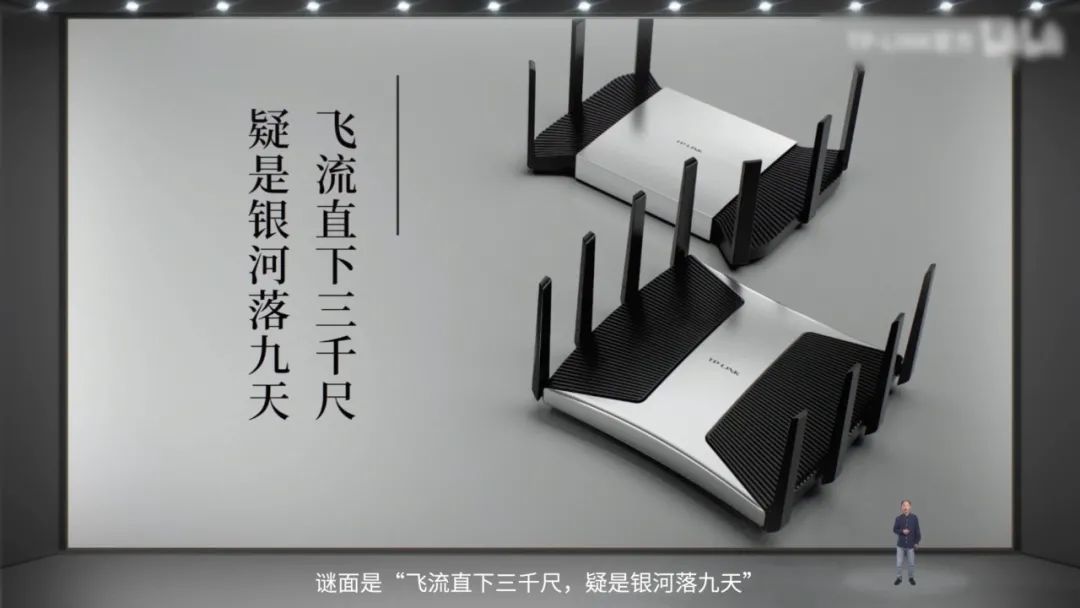
When we try to look at it from a technical perspective, even more magical things happen.
Home routers are actually not that complicated to analyze. Simply put, they consist of three main components: processor, memory, and antenna. The technical barrier is not high; companies like Cisco, which invented the router, generally do not get involved in product lines with lower profit margins.
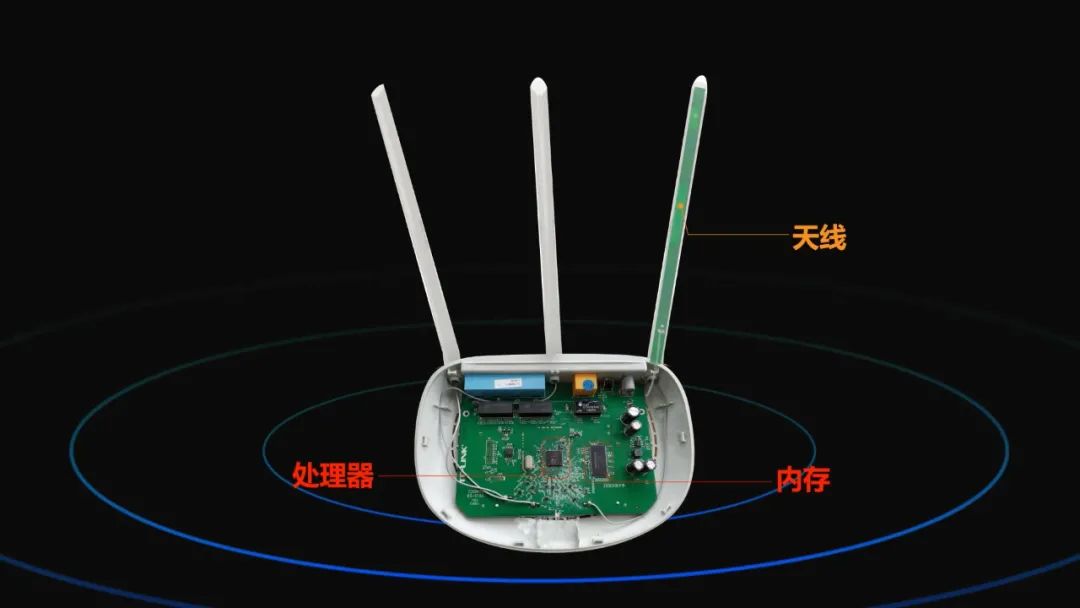
However, upon closer inspection, something seems off. Generally speaking, in similar low-tech, low-profit tech categories, such as the once-popular feature phones, MP3 players, and now power banks and Bluetooth headsets, domestic companies often rush in, leading to fierce competition.

Yet in the home router field, TP-LINK stands out, even outperforming Huawei.
Why has this become such a magical existence? It’s actually quite interesting.
TP-LINK was founded in 1996 in Huaqiangbei, Shenzhen, by founder Zhao Jianjun, who had a clear vision to create network devices.
At the turn of the century, the Chinese internet was quietly growing, with users eager to go online, and the number of internet users in China was continuously rising.

TP-LINK capitalized on the first wave of benefits by producing modems, which are essential for connecting computers to the internet. During those years, TP-LINK made money, but not a lot.
It wasn’t until 2010 that the mobile internet era began, and smartphones rapidly became popular.
Chinese smartphone users discovered that compared to the slow and expensive 2G and 3G networks, the experience of connecting to Wi-Fi was fantastic.
During those years, the first thing everyone did when they entered a restaurant or café was to ask the waiter for the Wi-Fi password, and “piggybacking” became a popular term. Meanwhile, the demand for home wireless routers exploded.
At this time, TP-LINK stepped up and did three things that established its dominance in the market.

First, they defined the price range.
Initially, price was the most important factor determining router sales in China, bar none.
TP-LINK managed to reduce the prices of foreign router brands, which were hundreds or thousands of yuan, to around 100 yuan by downgrading components like processor chips and memory.
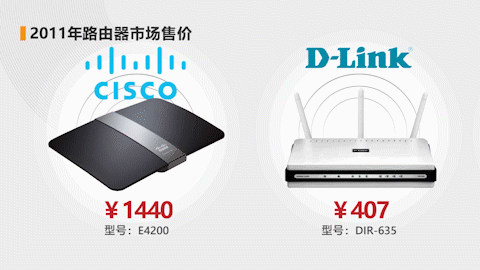
Surprisingly, you might think TP-LINK’s prices are already low, but they actually have a lower-end brand called “Mercury” that is even cheaper.
Issues like disconnections, needing to restart, and slow speeds are common with TP-LINK routers priced at 100 yuan. As a result, many people initially believed that Wi-Fi would frequently disconnect and occasionally require a router restart.
However, since domestic broadband operators generally had slow speeds, when network connection issues arose, we would blame Unicom, blame Telecom, blame campus networks, and only then would we suspect that the router might be the problem, and maybe we should try a more expensive one.
Second, they mastered the supply chain.
Why does TP-LINK dare to engage in price wars? The answer is that they have their own factories. During the years they primarily produced modems, they established their own supply chain factories for molds, injection molding, power supplies, wires, and connectors, eliminating the need for outsourcing.
According to founder Zhao Jianjun, “Finding someone to do OEM will inevitably eat into 20% of the profits.”

So when TP-LINK slashed prices to below 100 yuan, competitors who tried to engage in a price war with them risked losing money.
Third, they created concepts and built channels.
Although they downgraded components, TP-LINK also played the technology card by adding more antennas to their routers. While having more antennas does improve Wi-Fi speed to some extent, it does not significantly affect signal strength.
However, at some point, the perception among consumers became that the more antennas, the stronger the signal. Companies, including TP-LINK, capitalized on this by adding more and more antennas, leading to a proliferation of options. This impression became deeply ingrained in users’ minds.
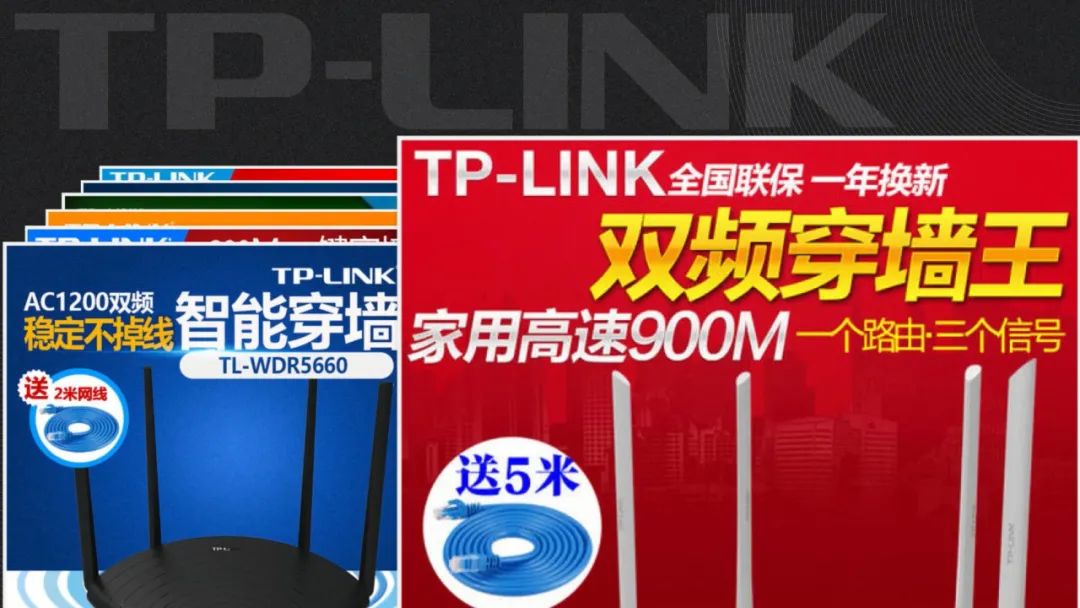
Additionally, ambiguous concepts like “wall-penetrating king” were also popularized by TP-LINK.
TP-LINK does not hold press conferences, run advertisements, or hire online influencers for these concepts because they have a vast offline distribution network.
In the early days of Wi-Fi, e-commerce was still in its infancy, and people often bought routers in offline digital markets.
By 2012, TP-LINK had over 600 first-level distributors nationwide, far exceeding other brands.
So during those years, when you told a clerk in a digital market that you wanted to buy a router, they would almost always hand you a blue-green box labeled “TP-LINK.”

When the e-commerce era began to take off, they also established online sales channels on mainstream platforms like JD.com early on.
With a series of strategic moves, TP-LINK’s market share in China exceeded 70% by 2012.
From 2010 to 2020, as the number of smartphone users in China and globally skyrocketed, we witnessed the commercial miracle of TP-LINK that we mentioned at the beginning.
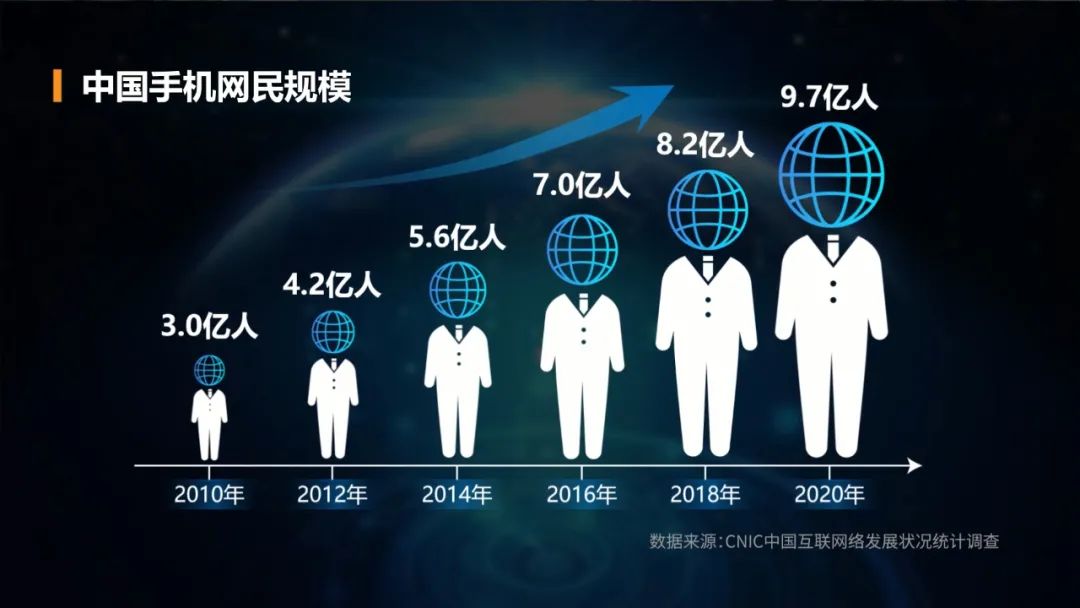
We can see that TP-LINK’s rise is not only due to their own accumulation and business strategies but also because they happened to benefit from the rapid development of the Chinese economy and the explosive growth of mobile internet.
TP-LINK may not have anticipated that they would single-handedly define routers for many Chinese people as: a product priced around 100 yuan, with more antennas meaning a stronger signal, and needing a restart when disconnected. They have thus been labeled as a “down-to-earth” brand.
However, just as Xiaomi, which pursued “cost-effectiveness” ten years ago, is now frantically pursuing “high-end” products, TP-LINK is also gradually launching high-end router products in response to the consumer upgrade trend, hoping to shake off the stereotype associated with their brand.
But will this transformation in line with the times be successful this time?
References:
1. TP-Link Maintains World’s No.1 Spot for 29 Consecutive Quarters in the WLAN Market, SMEChannels, 2018.5.28;
2. July 2020 Market Share of Home Network Routers, Speed Manager, 2020.8.19;
3. Zhao Jiaxing: Supply Chain Integration is TP-LINK’s Absolute Competitive Advantage, NetEase Digital, 2012.6.14
The video version of this content is available, with more in-depth interpretations of technology and industry on the 【X Technology Laboratory】 video account. You can also search for the same account on Douyin, Bilibili, and Weibo.
This article is original by Yiou, for article authorization please reply “reprint” in the background, and contact relevant operation personnel. Unauthorized reproduction is prohibited.
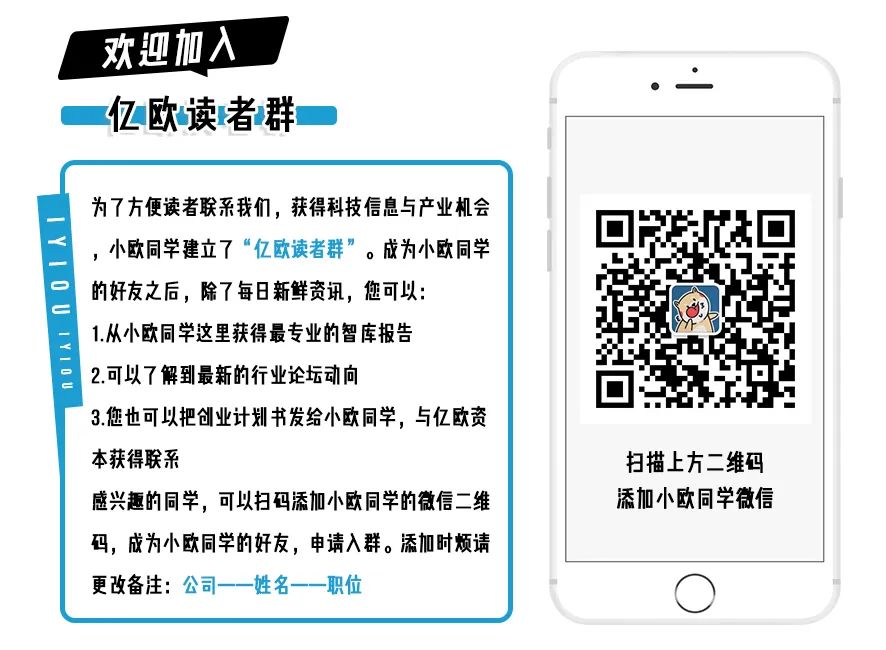
RECOMMENDED READING




